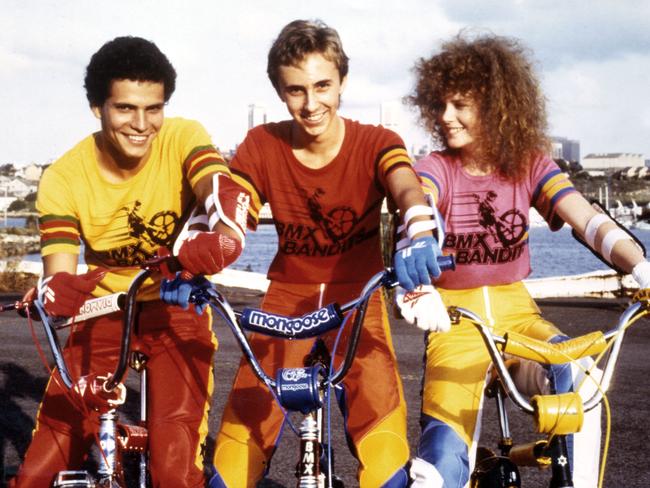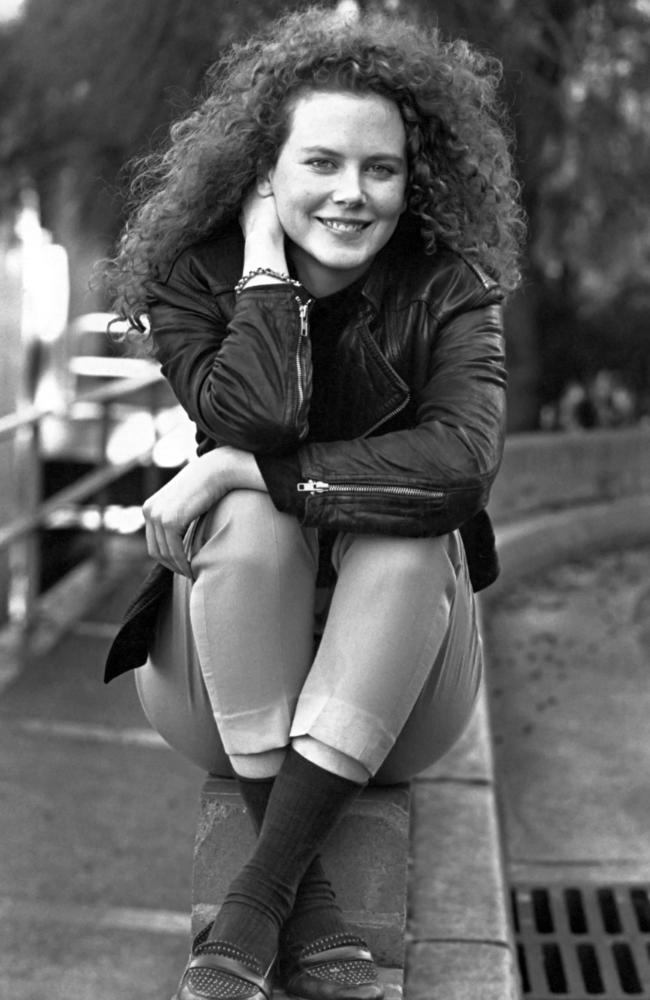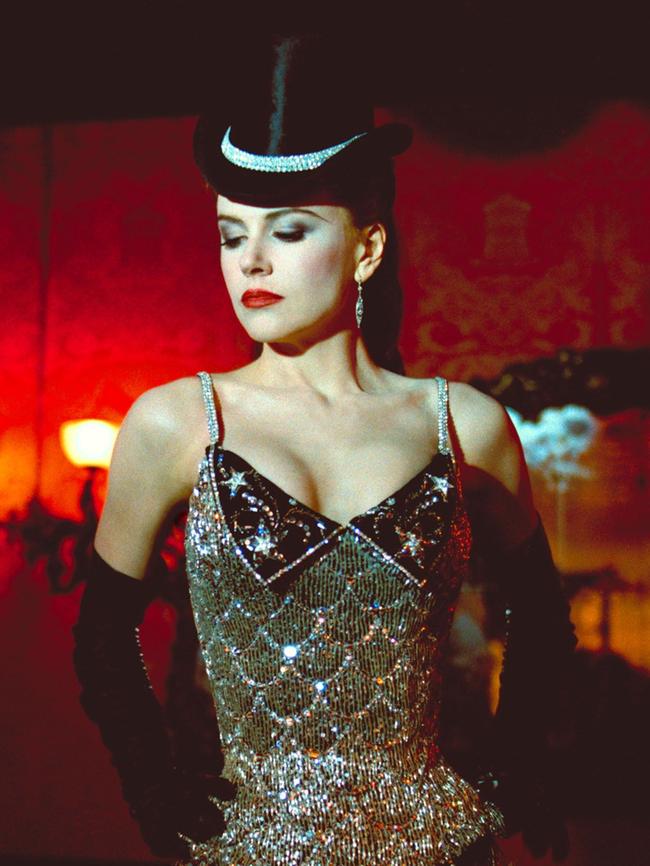A look at Nicole Kidman’s epic career as she prepares to turn 50
She has never flinched from her critics and as Nicole Kidman prepares to turn 50 she is finally earning their respect, writes Vicky Roach.

News
Don't miss out on the headlines from News. Followed categories will be added to My News.
It has taken Nicole Kidman 50 years to win over the doubters. But that’s OK. She was always playing the long game.
While Australia’s brightest star nailed her “Cinderella” moment at the Cannes Film Festival last month, where she had four projects vying for attention, she carried herself with just as much poise on the Croisette three years earlier when Grace Of Monaco was laughed out of town.
Some of Kidman’s creative choices have raised eyebrows, but her red-carpet performance has never faltered.



And in the last six months, the two separate and at times conflicting strands of her career — celebrity and artist — have finally converged.
Lion, for which Kidman received her fourth Oscar nomination, started the groundswell. Beautiful Lies, the TV miniseries Kidman produced with Reese Witherspoon, surfed the crest of that wave. At Cannes, she rode it all the way to shore.
Kidman has reinvented herself a number of times since her international breakthrough role, at the age of 19, in the thriller Dead Calm (1989), with Sam Neill.
The actress’s 1990 marriage to Tom Cruise turned her into a Hollywood celebrity.
Her darkly comedic turn as a fame-obsessed weather girl in Gus Van Sant’s To Die For (1995), described variously by critics as “career defining” and “revelatory”, is still many critics’ favourite.

Kidman and Cruise announced their divorce in 2001. But while it was a difficult time for her in her private life, professionally she didn’t put a foot wrong.
Kidman’s performance in Spanish Alejandro Amenabar’s chilling ghost story, The Others, was widely acclaimed. Baz Luhrmann’s giddy, over-the-top musical Moulin Rouge!, for which she was nominated for her first Academy Award, was released the same year. Twelve months later, Stephen Daldry cast the actor in her Oscar-winning role as Virginia Woolf in The Hours (2002).
In the years that followed, however, the actor began to be referred to as “box office poison”.
Mainstream films such as The Stepford Wives (2004) and Bewitched (2005) were widely regarded as flops. And Kidman’s edgier, independent choices — such as Birth (2004), in which her character becomes convinced that a 10-year-old boy is the reincarnation of her dead husband — caused controversy.


The backlash gained further momentum with the release of Luhrmann’s Outback epic Australia (2008).
According to industry insiders, Kidman knew she was going to get a caning for the film even before she left Nashville, where she lived with second husband, country music star Keith Urban.
But she flew in, frocked up, and fronted the sharp-penned media anyway.
The only indication the actor gave of any personal misgivings was an unusually bristly interview ahead of the trip during which she hinted that she might give up acting.




“I’m in a place in my life where I’ve had some great opportunities, and I may just choose to have some more children,” she repeated at the world premiere in Sydney.
Kidman had just given birth to daughter Sunday Rose. She and Urban, whom she married in 2005, did go on to have a second child, Faith Rose, via surrogacy.
But the work continued — on films as diverse as Fur: An Imaginary Portrait of Diane Arbus (2006), Rabbit Hole (2010), for which she was nominated for her third Oscar, and Paddington (2014).
Project by project, her tenacity paid off — with a body of work even her harshest critics have to respect.


